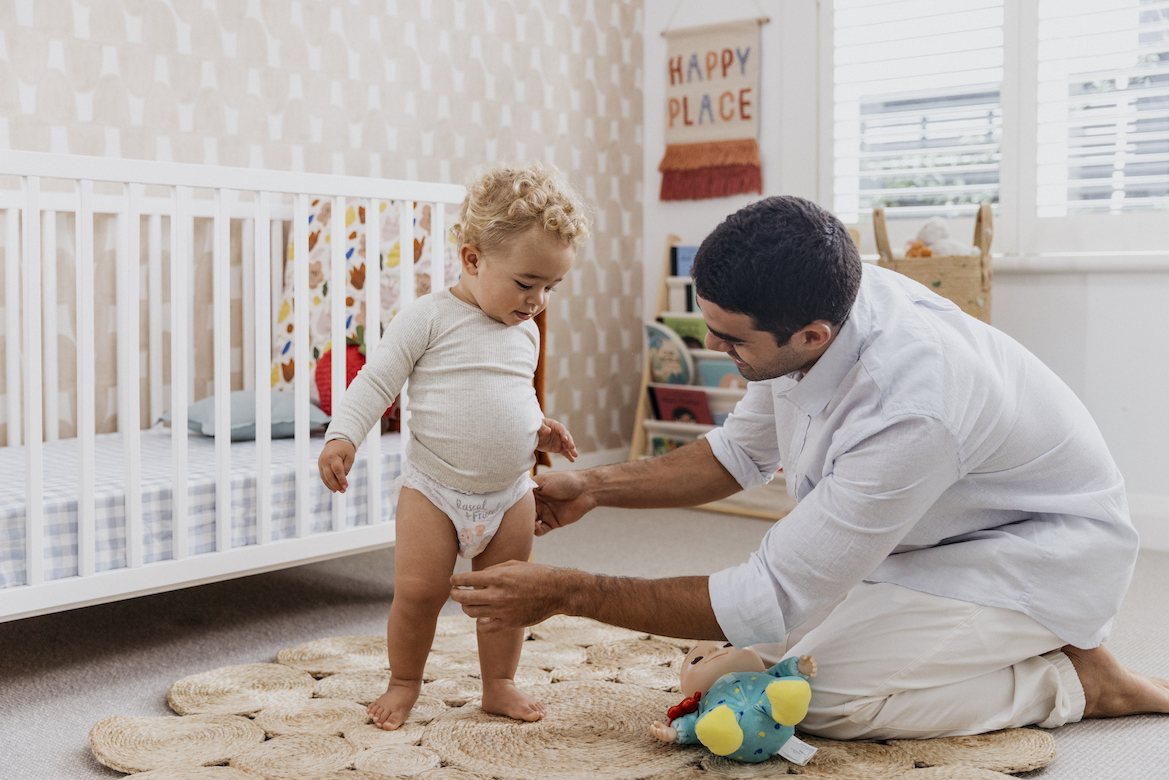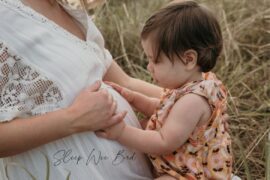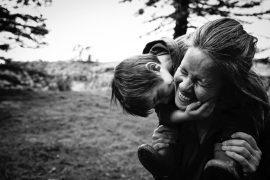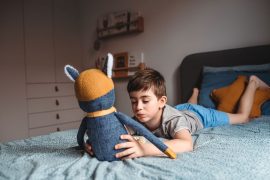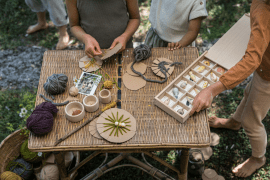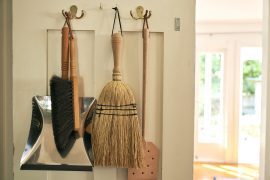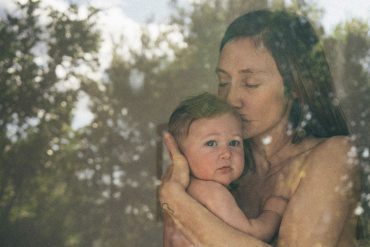Knowing when to start potty training is a common question among parents. The answer is simple: once your child is ready. Like many of the early milestones in your child’s life, there is a no one-size-fits-all approach. You’ll find most children typically start potty training between 18 and 30 months, although this can vary to where some children begin at age four.
With that said, teaching your child to potty train is more simply said than done. To make the process easier (and more fun), Rascal + Friends and CoComelon have teamed up to create resources that’ll help your little one tackle that next milestone.
To know when your child is ready, you may ask yourself:
- Do they try to remove their nappy after weeing?
- Do they tell you that they are uncomfortable in their nappy, or need to be changed?
- Do they stay dry in their nappy for at least two hours during the day, or are dry after naps?
- Do they start to show interest in underwear or “big kid” pants?
- Can they follow simple instructions, like walking to the bathroom, sitting down and removing their clothes?
Consistency and patience are key to successful potty training, meaning you should begin your journey at a time when your little one is comfortable in their environment and on a routine. For example, if you are going on holiday, moving house or having a new baby, such distractions could hinder progress and make the transition difficult. Here are some of our tips to help your child take the next step and ditch the nappies.
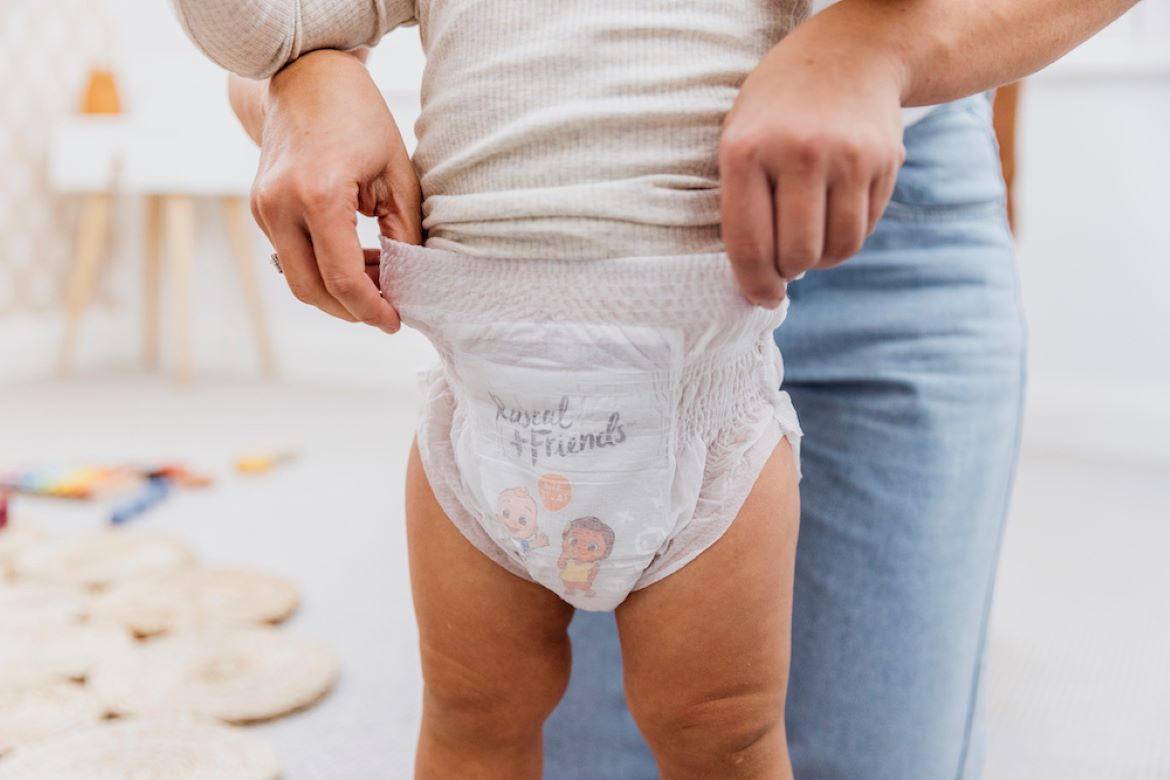
Introduce the idea of a potty into everyday conversation
Before initiating action, it’s important that your child feels comfortable with the concept of a potty. Like with many firsts, they’re likely to be curious – something that can be used in your favour when introducing potty training. Introducing the idea of a potty itself can be made fun; you could read children’s books, sing along to the Rascal + Friends CoComelon Potty Song, or use craft activities like this Colouring-in Maze. You can find more fun activities on the Rascal + Friends News + Resources hub.
Build the connection between needing to wee and going to the potty into your everyday conversation. This will help to normalise and eventually integrate it into your child’s routine. You could say things like: “I wonder if JJ (or your child’s favourite character) needs to go potty” or “I have to go wee, I’m going to use the potty”. Drawing attention to your child’s dirty nappy can also help them understand that they feel uncomfortable, and it feels better to be nice and clean!
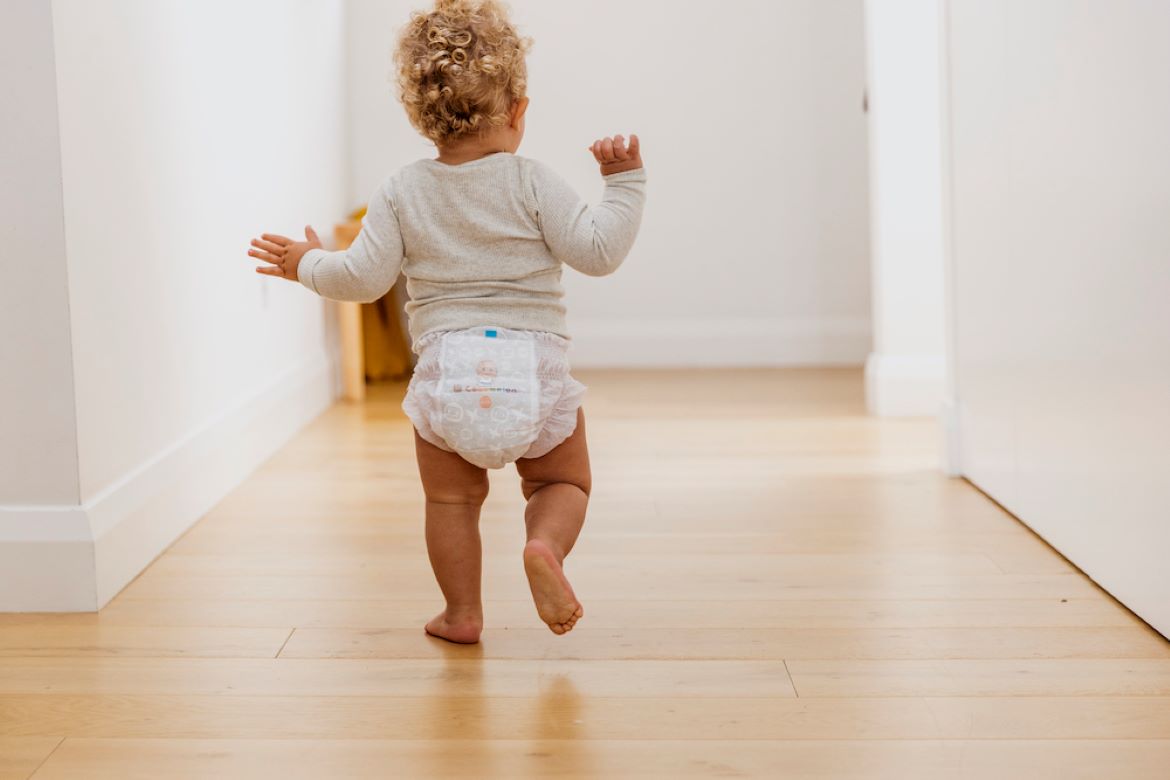
Make it a habit
Following a schedule or introducing key times throughout the day to go to the potty can help make the transition easy and routine. You could set a timer, or associate it with checkpoints throughout the day; such as first thing in the morning, every couple of hours, before leaving the house, before and after nap time and the final step in your bedtime routine. Even if they object to “not needing to go”, the motions involved with going to the potty will reinforce the habit.

